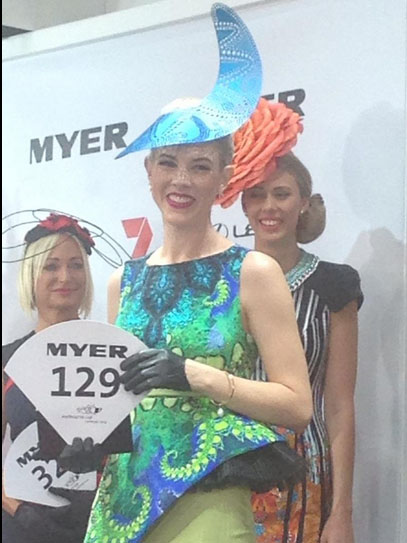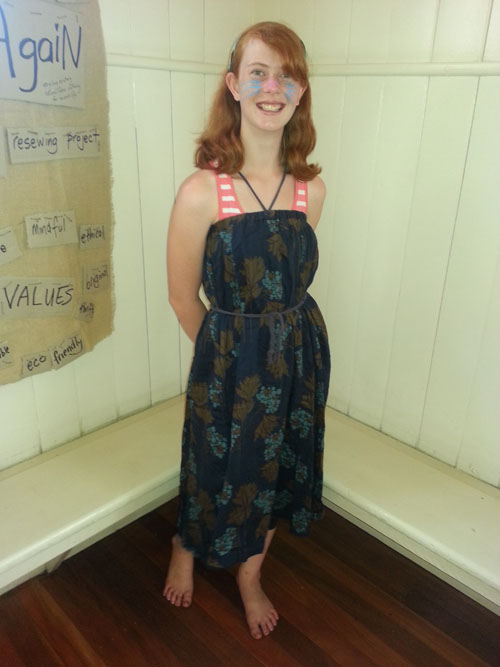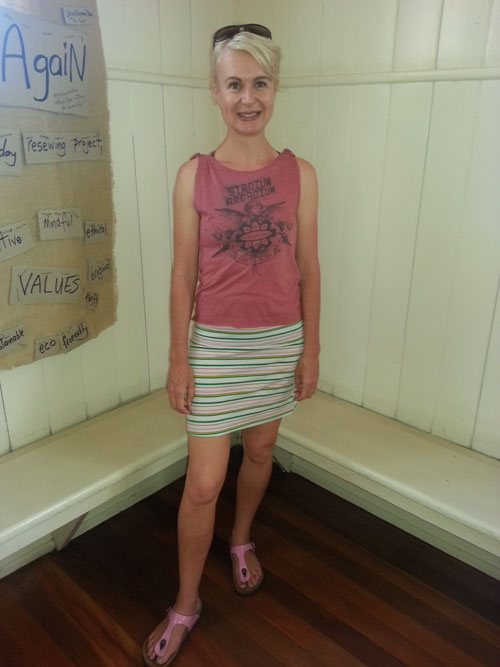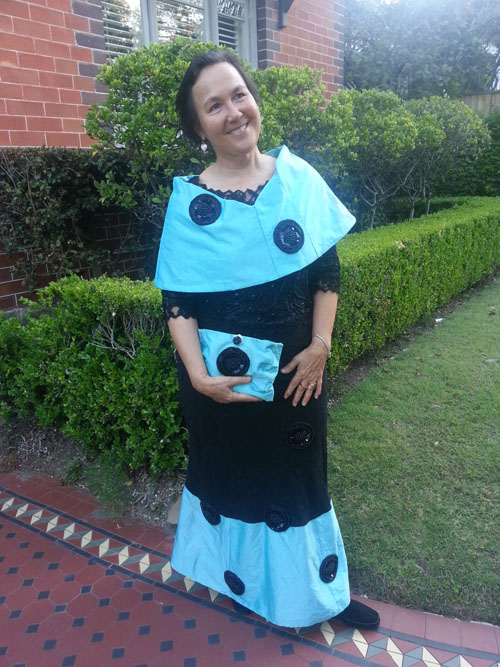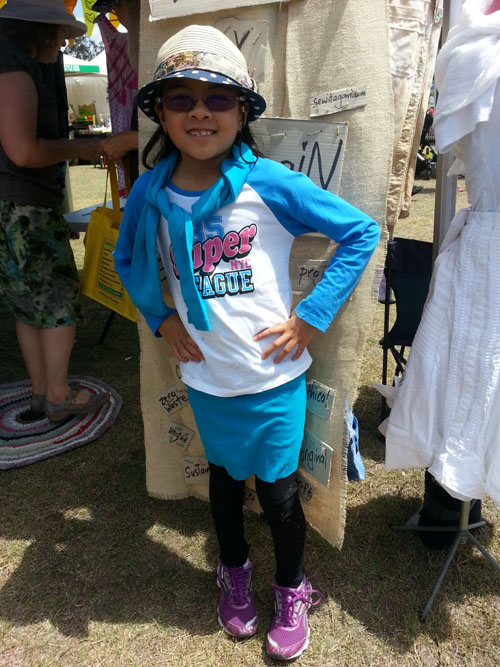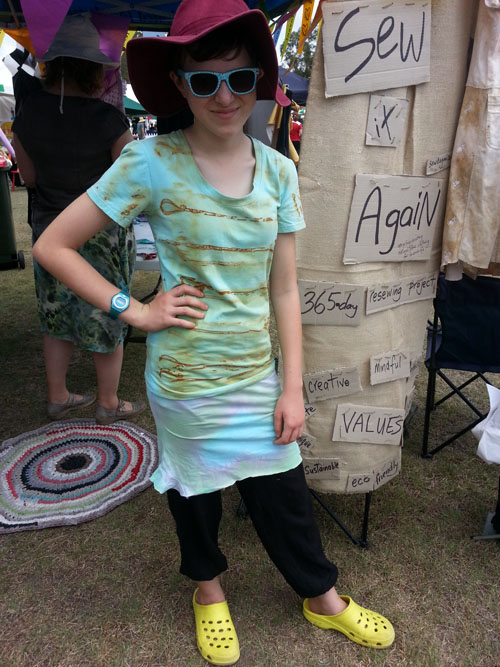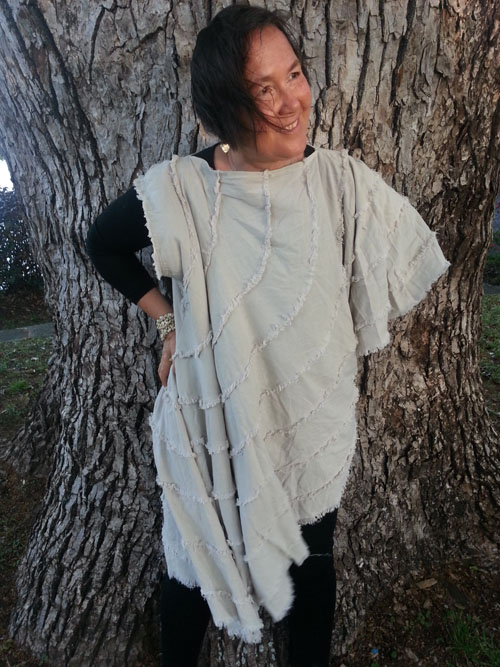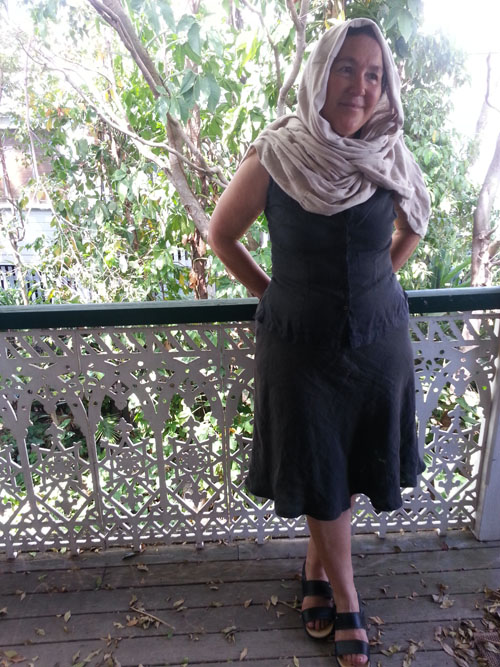 I was fortunate to spend formative childhood years on a family farm in Otago, New Zealand, and have memories of mushrooming after rain with Nana and sitting on Great Grandma’s porch shelling peas from the field garden. These authentic slow food experiences have informed subsequent life choices.
I was fortunate to spend formative childhood years on a family farm in Otago, New Zealand, and have memories of mushrooming after rain with Nana and sitting on Great Grandma’s porch shelling peas from the field garden. These authentic slow food experiences have informed subsequent life choices.
It is a logical side-step in a diverse career across agricultural journalism and advocacy that I am now part of the slow fashion movement in Australia, sharing ways to extend the life of clothes and reduce our clothing footprint.
Slow fashion – as distinct from fast fashion – is based on principles similar to those of the slow food movement which is a conscious cultural choice to slow down and share local, seasonal food grown in sustainable ways. Continue reading
